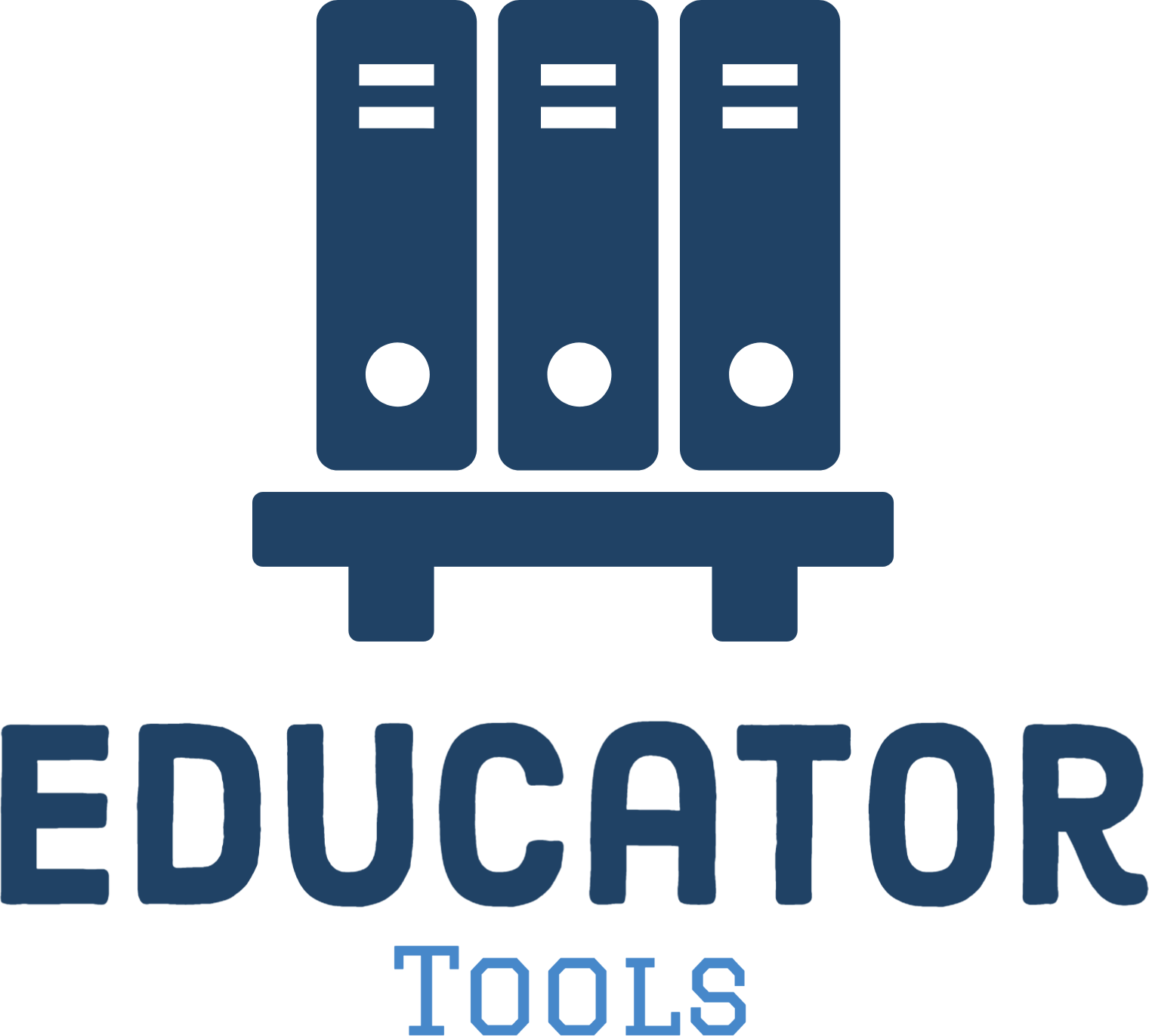
The subject of hiring and onboarding interns became a hot topic when news began to spread that interns were spending countless hours working for companies and not receiving a dime in pay. Since then, companies have made great strides in improving working conditions for interns. The news got us wondering about the hiring and onboarding process for interns, and that’s why we are sharing four tips for improving hiring and onboarding interns both for the businesses that hire them and for the interns themselves.
- Design a Top-Notch Intern Program
Poorly-designed intern programs waste everyone’s time. The first step toward improving the hiring and onboarding of interns should include designing a top-notch intern program that benefits both parties. You should have a clear purpose and goal in mind for hiring interns in the first place, and you should identify intern coordinators for your program and put a team in charge of establishing objectives, expectations, and job descriptions before advertising your open intern positions.
- Use Multiple Sources to Post the Job
If you want to get the best interns, you should widen your pool of potential candidates. One of the best ways to go about doing so is to use multiple sources to post the job. Online resources and apps are popular ways of posting jobs (be sure to post your opportunity on the Educator Tools Job Board!), and you can take advantage of college and university intranets and social networks to reach graduates more directly. Many higher education institutions also have career centers that advertise openings and host career fairs, so it would be well worth your while to contact local schools and ask them to post your job and to get a spot at their job fair.
- Employ Better Screening Processes
Spending tons of time interviewing interns is not in the best interests of your company or the interns themselves. Rather than spend several hours interviewing candidates, streamline the process by sending candidates pre-interview reading materials and giving candidates follow-up work after the interview. The reading materials should introduce your company, your mission, and the job description in order to save you time on introductory phone calls.
After you narrow your list of potential candidates, send your short-list candidates follow-up work similar to that which they would do if they were to land the job. Not only will you know which candidates are not committed to your position because they fail to hand in the project, but you will be able to compare the work of those who do turn it in and select the best candidates from there.
- Choose the Best Intern Mentors within Your Organization
Stellar interns can become stellar employees, so you should pair your interns with the best mentors within your organization. Top mentors make the onboarding process much smoother for the company and get interns ready to hit the ground running. It’s a good idea to match interns to departments in their field and to involve mentors in choosing their interns based on qualifications and personalities. Mentors and interns will benefit from the experience when they can communicate well and have a similar work ethic.
In some cases, pairing women is a great way to boost interns’ confidence. Female interns will learn from their female mentors and appreciate learning from a woman who has been in their shoes. It’s also a great idea to have all of your interns meet with and learn from female board members, because they can share their experiences of working in male-dominated fields or making their way to boardrooms that had been lacking diversity for so long.
You can improve your hiring and onboarding processes for interns if you design a top-notch intern program, use multiple sources to post the job, employ better screening processes, and choose the best mentors for your interns.
Image via Pixabay

